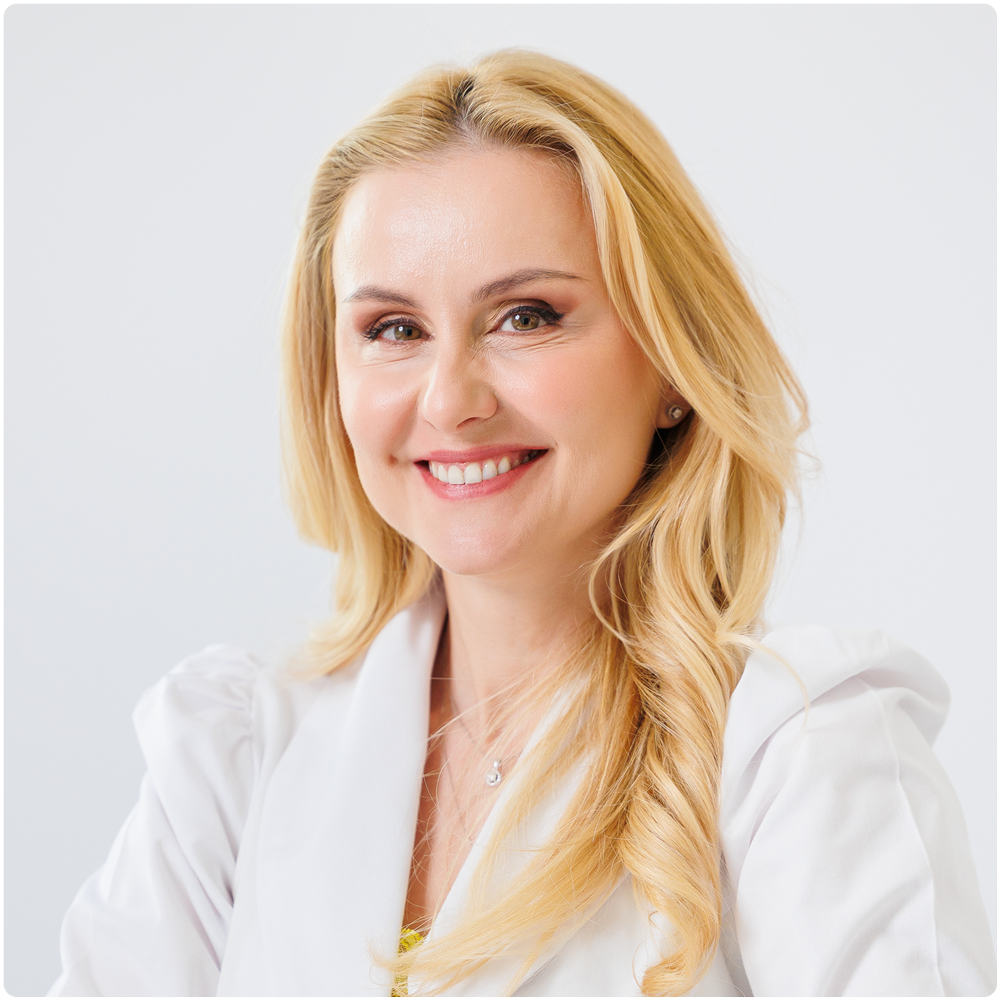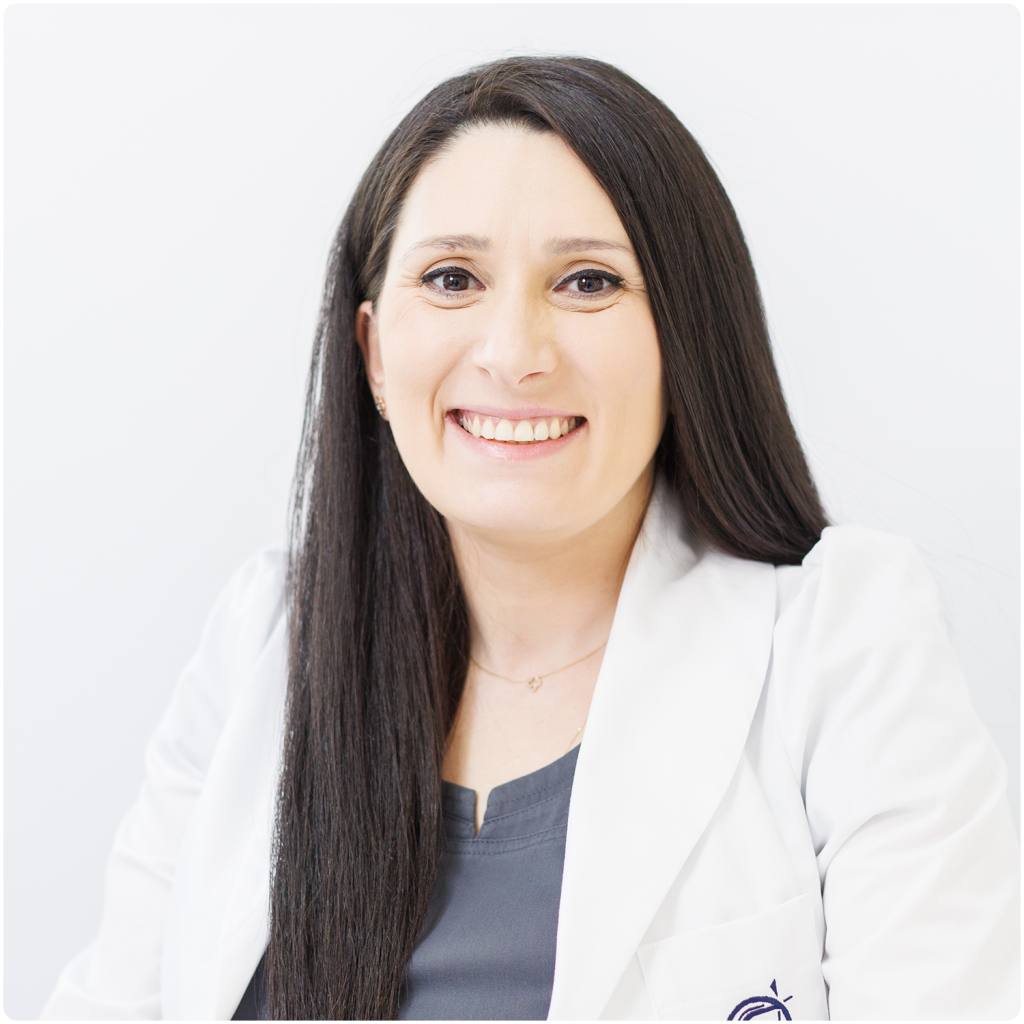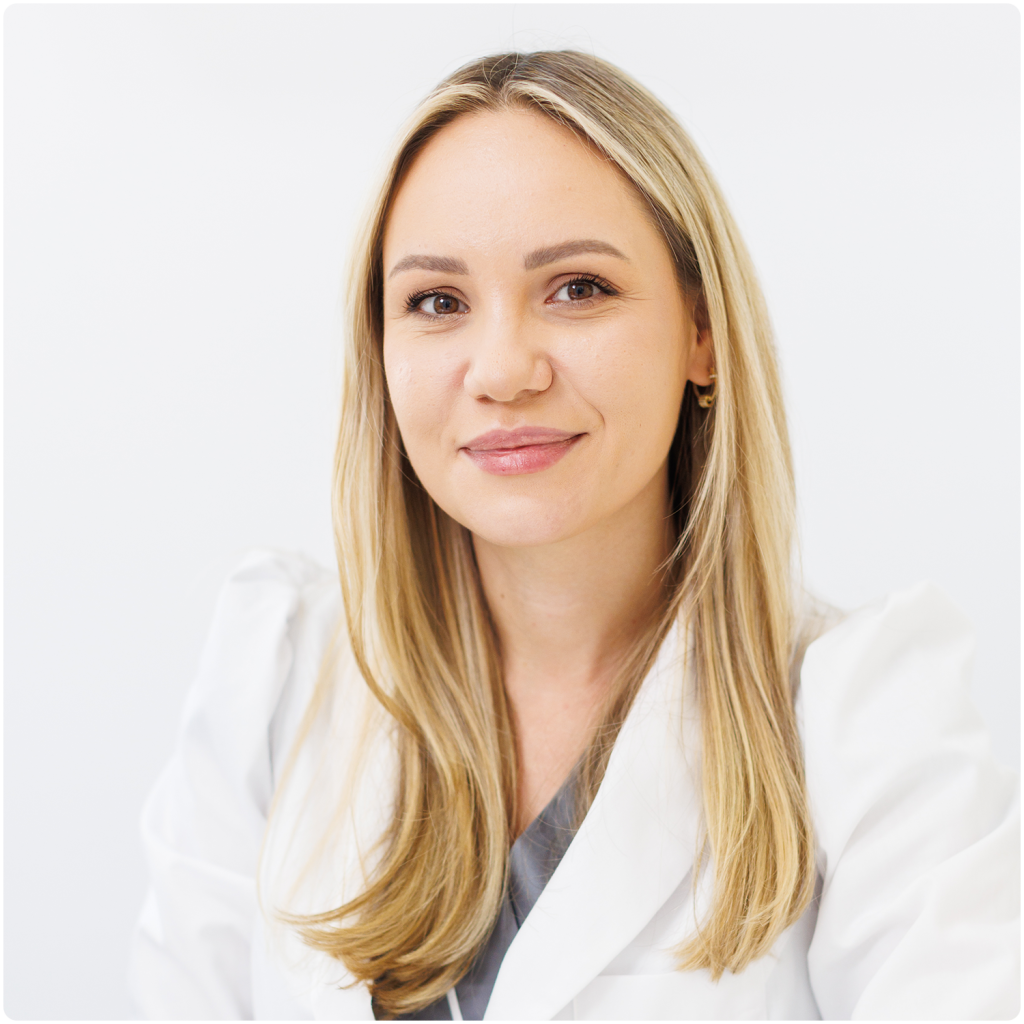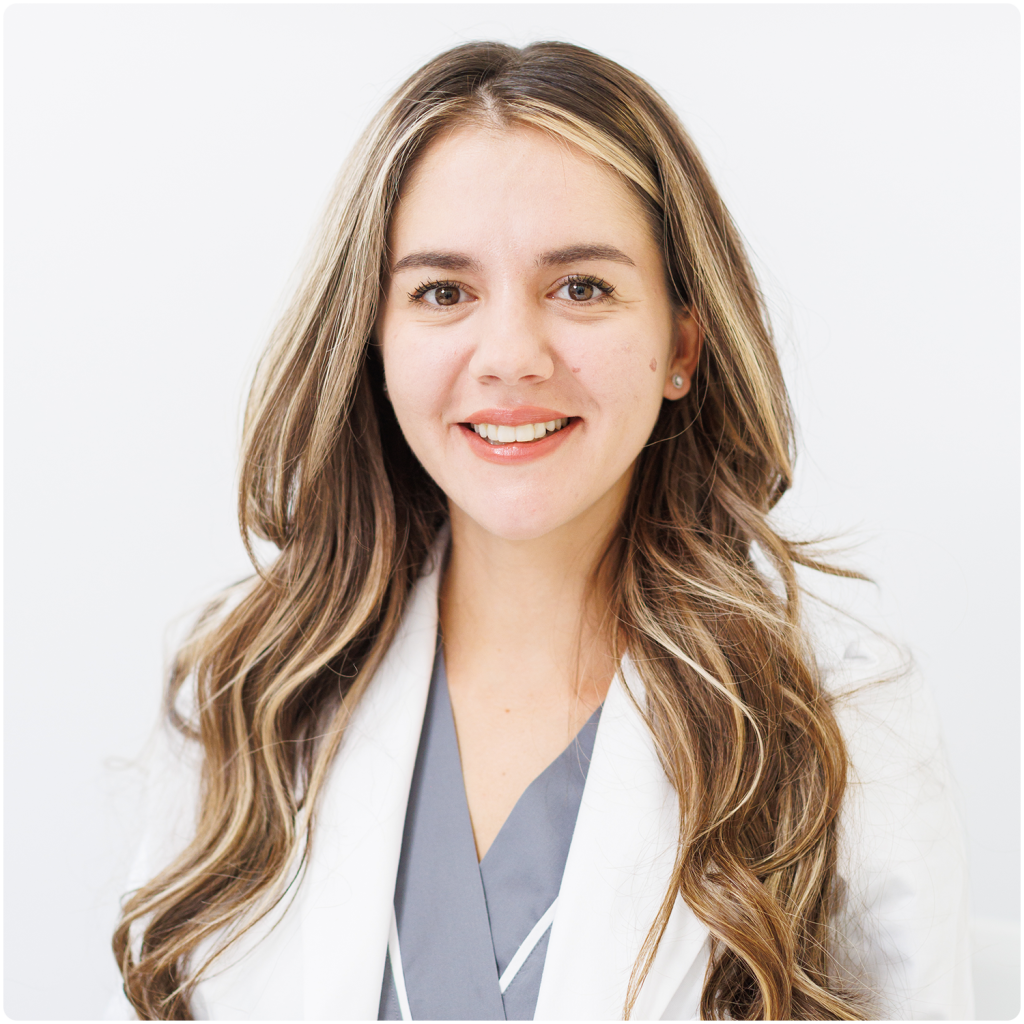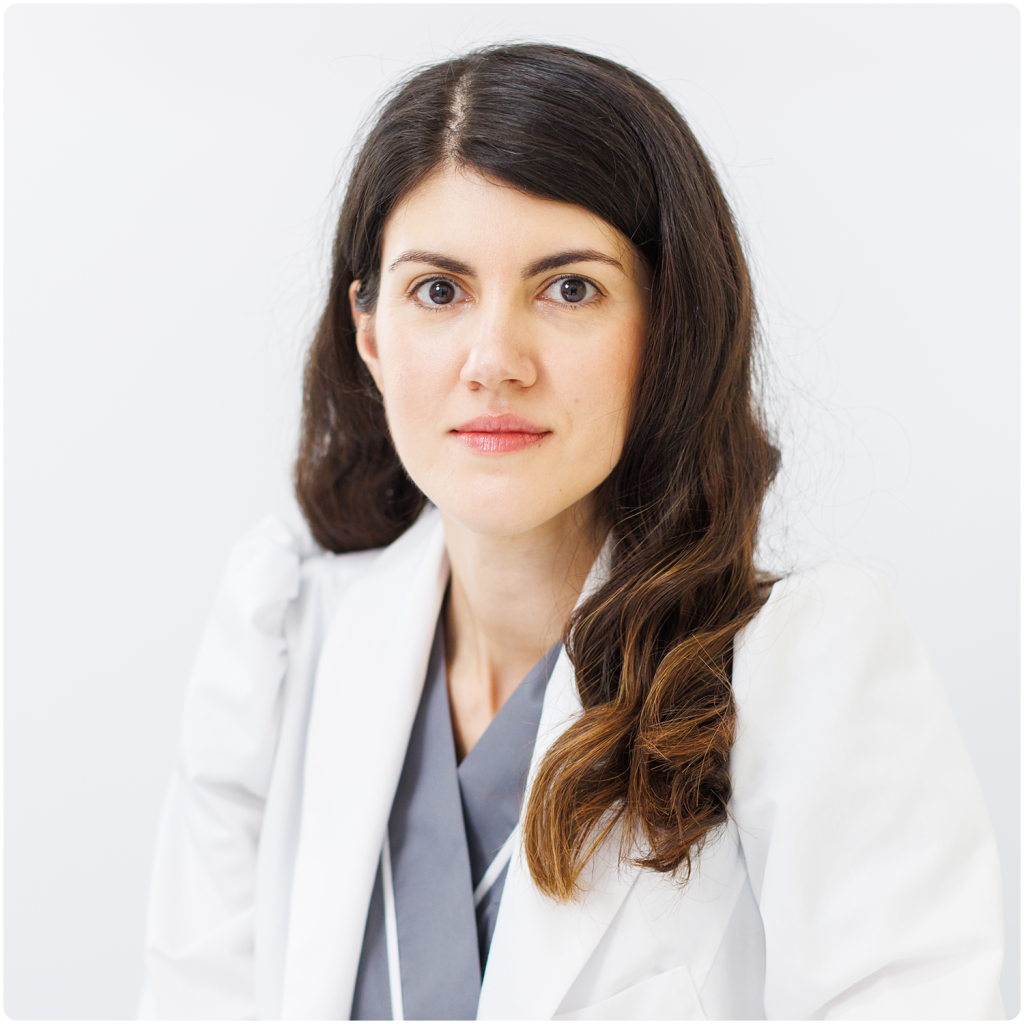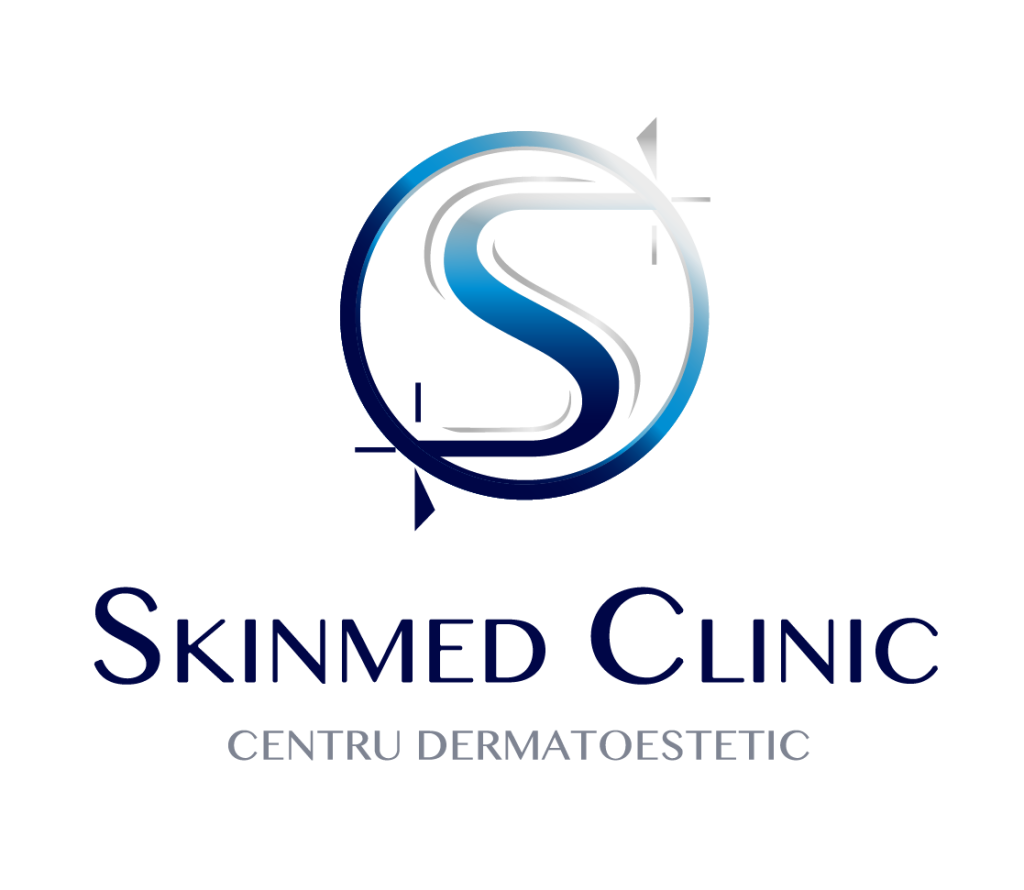Correct diagnosis is vital for establishing the correct treatment of problems affecting the scalp. Tricholab Fotofinder offers diagnostic certainty for successful treatments.
Trichoscopic examination
Correct diagnosis of scalp and hair disorders
Who are we talking to?
Trichoscopic examination ('trikhos' = hair, 'skopein' = to see) is indicated for patients who experience pronounced hair loss, thinning or even disappearance of hairs in a certain region of the scalp, for the diagnosis of scarring or non-scarring alopecia, etc.
Why choose SKINMED® experts?
In SKINMED®, we use Tricholab Fotofinder technology, a highly accurate non-invasive method. It provides important coordinates for the doctor: number of hair follicles, follicular units, degree of vascularisation, etc. The TrichoLab Fotofinder uses a high-performance digital camera and a digital dermatoscope, and the images taken are transmitted to the Fotofinder Trichology Laboratory in Germany where they are examined by a specialised team for a second opinion and a reliable diagnosis.
The use of Tricholab Fotofinder is all the more valuable because it is carried out by a team of medical specialists with experience in successfully solving scalp problems. SKINMED® experts perform the trichoscopic examination and, using the final diagnostic report drawn up together with the German team, determine the necessary treatment.
Benefits of treatments in SKINMED®
What is TrichoLab trichoscopic examination?
TrichoLab analysis involves taking macro and micro images of key areas of the scalp using a magnification factor of 20x for macro images and 70x for micro images. The procedure is non-invasive, painless and has no adverse effects for the patient.
The procedure takes around 10-15 minutes.
The captured images are sent to the Photofinder Trichology Laboratory, where a quantitative analysis of the number of hair follicles, intrafollicular hairs and tegument characteristics is performed.
What is the usefulness of trichoscopic examination in SKINMED®?
Trichoscopy is a highly accurate diagnostic method and is an extremely useful tool especially in cases where diagnostic difficulties arise or in patients with multiple synchronous scalp or scalp hair follicle disorders.
Detailed trichoscopic analysis is a mandatory investigation prior to transplant treatment, useful for objectification and detailed analysis of the area undergoing transplantation, as well as analysis of the donor area, with a count of potentially transplanted hair follicles.
Doctors EXPERT in trichoscopy
In SKINMED®, you will find highly experienced medical specialists working with the latest results of medical research on prevention and treatment, using state-of-the-art medical equipment and products. We look forward to meeting our doctors for a treatment tailored to your needs!
SKINMED experience and technology®,
for the best results!
Advantages SKINMED®
Experience
- Over 19,000 patients treated in the clinic
- Over 300 new patients every month
- Over 20000 treatments per year
Credits
- FOTOFINDER-accredited Centre of Expertise in the Diagnosis and Treatment of Skin Cancer
- ALMA LASER accredited laser treatment centre of expertise
- ALLERGAN accredited centre of expertise in Aesthetics and Medical Injecology
Safety
- Only world-class accredited technologies
Other treatments you might be interested in
Frequently asked questions
Who carries out the assessment and interpretation of scalp analysis?
SKINMED® medical staff, under the coordination of the medical specialist, takes specific photographic and dermatoscopic images according to technical recommendations, respecting anatomical areas and indications. Each patient has a personal account in the SKINMED® database. The images are uploaded and sent for second opinion and detailed quantitative analysis to the Fotofinder Laboratory in Germany. Subsequently, a Final Diagnostic Report is issued, which is interpreted by the dermatologist in the clinical context of the patient. The doctor will integrate the scalp analysis with the patient's history, clinical examination and medical/biological context for an accurate diagnosis and personalised treatment.
Does it require prior training? When can it be done?
This investigation does not require any special preparation of the patient. It is recommended that the patient is freshly washed and has not applied styling products to the hair (to avoid residue), so as to allow the scalp and hairs to be viewed as accurately as possible. The trichoscopic examination is carried out on the patient's first presentation to the clinic, before specific treatment is initiated. Subsequently, at the end of treatment, or even during treatment, follow-up trichoscopies can be carried out in order to quantify the patient's progress under treatment.
Any patient experiencing hair loss problems or scalp disorders should be investigated trichoscopically.
What information does the Tricholab Report provide?
Trichoscopy is an extensive analysis that quantifies several parameters: the number of hairs in the growth stage, the number of hairs in the terminal stage, the average thickness of the hairs, the ratio between hairs in the anagen stage and those in the telogen stage. We can also show changes in scalp blood vessels, scalp pigmentation patterns and interfollicular skin, and the presence of scales. It is an extremely valuable diagnostic tool for alopecia (hair loss) and scalp disorders.
Is it of importance for monitoring scalp treatments?
The initial trichoscopic examination will be repeated at the end of the treatment protocol to quantify the response rate and determine the subsequent management.
When is scalp analysis recommended?
Tricholab trichoscopic examination is indicated for patients who experience pronounced hair loss, whether or not associated with thinning or even disappearance of hairs from a specific region of the scalp, for the diagnosis of scarring or non- scarring alopecia (androgenetic alopecia, alopecia lutea, telogen effluvium, tinea capitis, lichen planus pilaris, tricholitomania, etc.). Also, if you are experiencing a scalp problem, trichoscopic dermatoscopic examination is an extremely important diagnostic tool.
How is trichoscopy performed?
The scalp should be examined dermatoscopically when it shows damage/injury for a safe diagnosis. Three macro images will be taken, visualising the anterior (frontal), lateral (temporal) and occipital (posterior) regions of the scalp. Subsequently, a pathway will be taken for each region and an initial image will be taken at lower magnification (X20) at mid-pathway and then four images will be taken at higher magnification (X70) for further analysis. The images will be subjected to detailed analysis, which will be completed with the release of the Extended Quantitative Report and diagnosis.
Does the Tricholab report also provide diagnostic details?
The Tricholab report is mainly quantitative, with numerical assessment of the parameters analysed, e.g. number of hairs in the growth stage, number of hairs in the terminal stage, average hair thickness, ratio between hairs in the anagen stage and those in the telogen stage. In conclusion, a diagnostic suggestion is made, which the dermatologist corroborates with the medical history, biological and dermatoscopic investigations for a safe diagnosis and targeted treatment.

